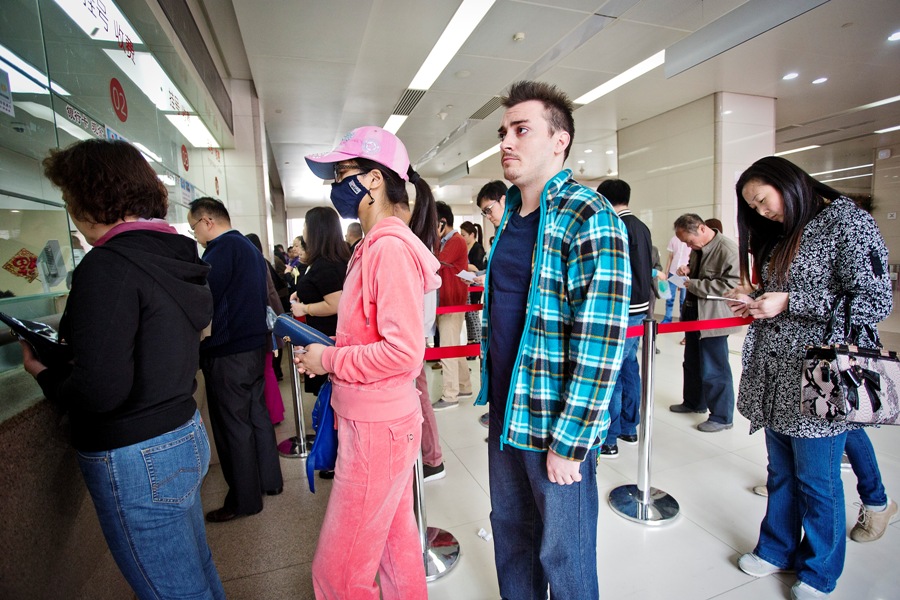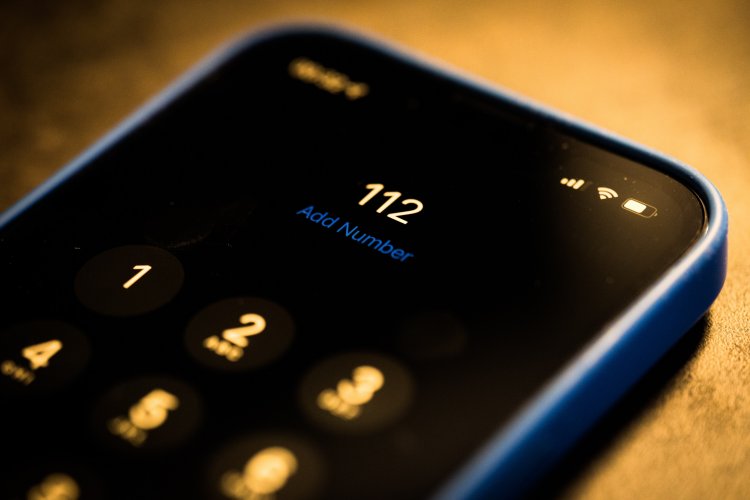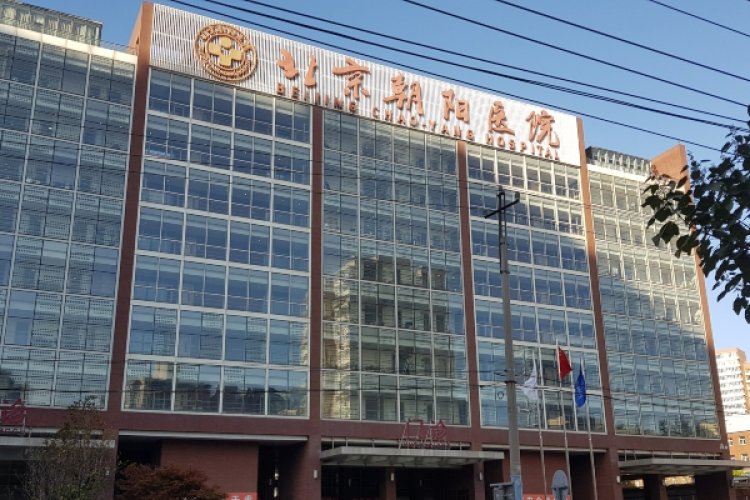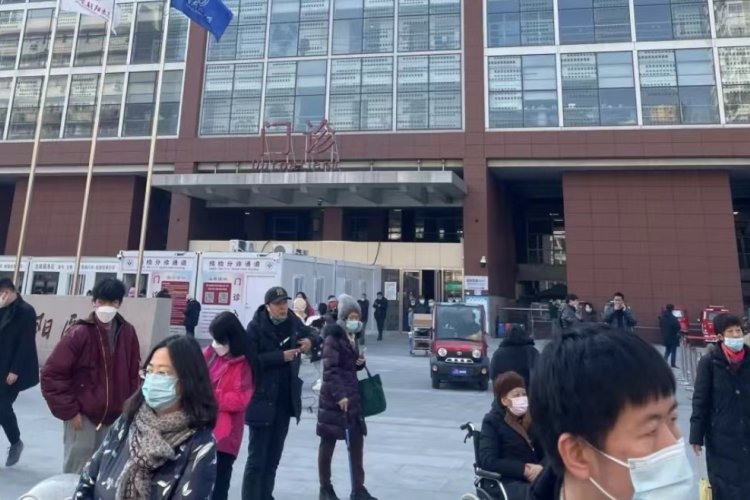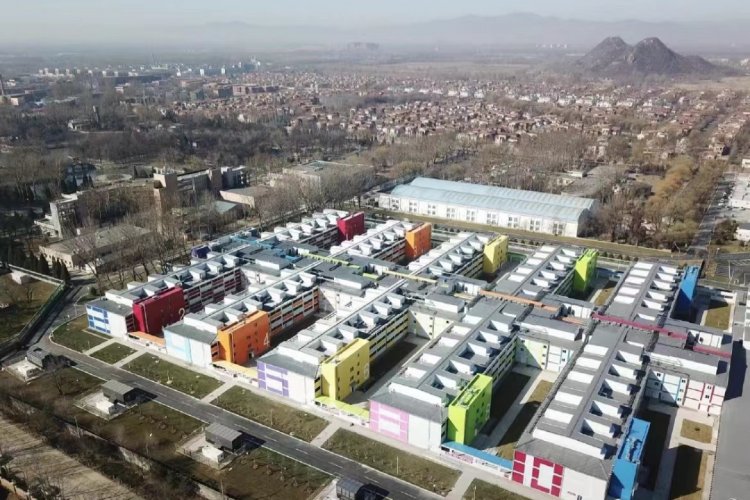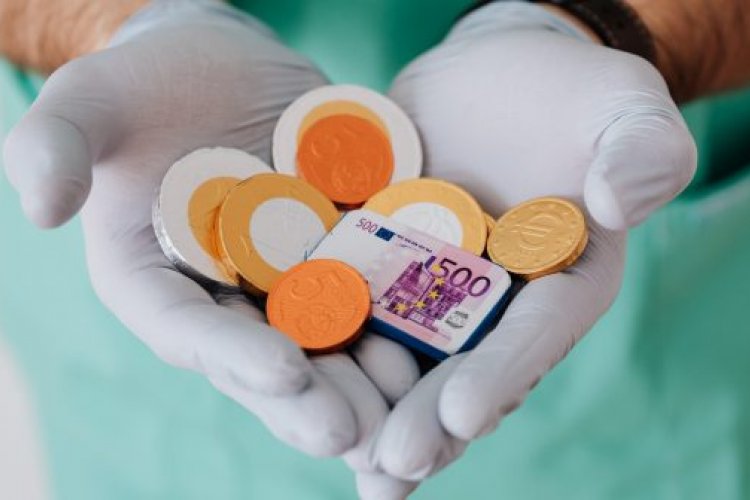What’s Up, Daifu? Navigating the Chinese Public Hospital System
Nothing makes a foreign country feel more foreign than getting sick and being unable to get the right treatment. Though major cities like Beijing and Shanghai have an extensive network of public and private medical facilities, figuring out where to go can be overwhelming.
If your medical insurance covers international hospitals and clinics, you’re in luck – western-trained doctors at facilities like International SOS, Beijing United Family Hospital, Vista Medical Center, and Oasis International Hospital are just a phone call away.
However, your insurance may limit you to Chinese public hospitals – if you’re covered at all, that is. Don’t worry; though local hospitals have their flaws, it’s possible to get relatively smooth treatment with a bit of mental preparation.
For starters, it helps to understand how the local healthcare system works and how medical insurance fits into the puzzle. For example, most public hospitals in China require cash payment upfront. Direct billing with your insurer can help prevent this particular headache, but in some cases even expats with medical insurance may be required to pre-pay their bills.
Depending on the hospital, it’s also likely you’ll need to pay as you go at any number of counters (e.g. an initial registration fee followed by fees for any required tests, examinations, and prescriptions). Some insurance companies cover all these while others require patients to pay upfront and submit a claim later.
If you don’t have health insurance, reputable public hospitals such as Peking Union Medical Hospital and Sino-Japanese Friendship Hospital have international departments sometimes staffed with doctors and in some cases nurses with decent English. These facilities cost exponentially less than international hospitals and may offer an equivalent or better standard of care – albeit not necessarily with a western bedside manner.
Understanding the Chinese Healthcare System
Public hospitals in China are categorized into one of three classes by the Ministry of Health according to their quality of care and capacity for teaching and research. The following descriptions are taken from a 2013 report about investment opportunities in China’s medical market produced by global business consulting firm The Boston Consulting Group:
Class I: Primary care hospitals and health centers with 100+ beds that provide prevention, medical services, health maintenance, and rehabilitation services. Often township hospitals.
Class II: Regional hospitals with 300+ beds that provide general medical services to multiple communities, and have some teaching and research responsibilities.
Class III: Cross-regional hospitals with 500+ beds that provide high-standard, specialized medical services to multiple regions, and have advanced teaching and research responsibilities.
Chinese public hospitals are further subdivided into three levels – A, B, and C (甲等 jia deng, 乙等 yi deng, 丙等 bing deng in Chinese) – depending on their size, medical equipment, technology, and management. Within this system, the best hospitals carry a “3A” classification (三级甲等 sanji jia deng). One last level – “3AAA” (三级特等 sanji tedeng) – is reserved for only the most specialized hospitals, but it’s unlikely that your average patient would need to visit one of these.
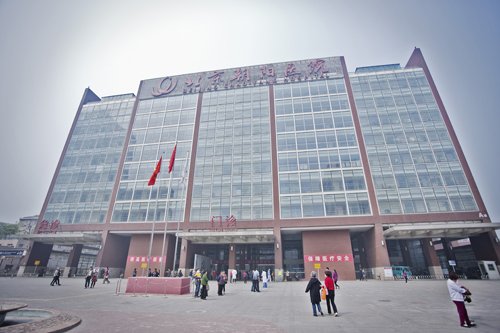
What to Expect
Unfortunately, local public hospitals are not designed with the patient’s comfort in mind. In an overpopulated country like China, speed and efficiency are key. Though more and more people are taking advantage of online guahao (registration) services, most patients still just show up and essentially take a number.
Websites like Tencent-backed Guahao.com can simplify the process, but online registration is currently unavailable for foreign passport holders. According to their FAQ, however, the latter can make appointments by phone via the Guahao.com hotline (95169). The municipal government operates its own guahao page at www.bjguahao.gov.cn, but online registration is also unavailable to foreign passport holders.
It’s inevitable, then – you’ll need to register in person. If it’s your first time, you’ll need to steel yourself against the noise and bustle of a Chinese public hospital. Most of the staff doesn’t speak English and service is perfunctory at best, so bring a Chinese-speaking friend if you feel uncomfortable.
Since everything must be paid upfront, expect to do a lot of walking back and forth between laboratories, consultation rooms, pharmacies, etc. It’s not a bad idea to look up the hospital’s floor plan ahead of time for a general idea of department and counter locations; larger facilities usually make this available in English and Chinese on their website.
Most public hospitals offer a full range of medical services, from check-ups to surgeries and OB/GYN examinations. Chinese doctors tend to be very experienced due to the high patient turnover rate, so you can expect efficient treatment if not necessarily personalized service.
Above all, be patient. Chinese public hospitals are very crowded and you may have to wait a while for your turn. Bring snacks and reading materials. Be polite but firm with queue jumpers; most people will back off if you speak up.
The Treatment Process
When you arrive at the hospital lobby, there should be a floor plan and directory showing the location of various departments. Take a picture with your mobile and locate the guahao (挂号) line. Be sure to go early because there’s a limit on the number of guahao given out each day.
At the guahao counter, you will be asked which department you’d like to visit and what kind of doctor you need to see. Your guahao is only valid for one visit; you’ll need to queue up again if you go to the hospital again on a different day.
Guahao fees vary widely. At a 3A facility such as Chaoyang Hospital, for example, it costs RMB 100 for a regular (专家, zhuanjia) appointment and RMB 300 for an urgent (特需, te xu) appointment with a doctor. For a Class II facility such as Haidian Hospital, the guahao fee can be as low as RMB 7 for a regular appointment. Note that this doesn’t include examination fees or the cost of prescriptions. If it’s your first time at a local hospital, you’ll need to buy a blue medical logbook (RMB 1.5) in which each doctor will record details of your symptoms and treatments.
After you pay the guahao fee, take your stamped guahao paper and head to the right department. There is usually a nurse’s station in each department; give the nurse your guahao paper and blue logbook, then wait for your name to be called out. Don’t stray too far or bother asking the nurse how long it’ll take; they won’t be able to give you an accurate answer.
Compared with the potentially long wait times, your actual face time with the doctor might seem incredibly short. Often without telling you their name, they’ll swiftly ascertain the cause of your illness, then ask you to go pay for your treatment. There are exceptions, of course, but a lack of transparency is the norm.
Once you pay your bills, proceed to the pharmacy with your prescription. If you must get an injection or an IV drip (which Chinese doctors seem to love for some reason), you’ll need to pick up the bags of fluid yourself and bring them to a nurse. Some hospitals have facilities scattered across different buildings, so you might need to walk from one to the other for various tests and procedures.
Emergency Treatment
The local emergency number is 120, though foreigners can also call the Beijing Red Cross at 999 for service in English. Call 120 at your own risk; given Beijing’s traffic situation, a local ambulance can take ages to arrive. In addition, you’ll be charged RMB 100 for pickup and any first aid treatment administered in transit.
Depending on the situation, it may be better to hop into a taxi and ask to be taken to the nearest hospital with emergency services. Most Chinese public hospitals have a 24-hour emergency center, but only major facilities can treat critical conditions at night. We’ve heard of several cases where an expat arrived at a local hospital for emergency treatment at night, only to find that there wasn’t an emergency department.
Large international hospitals and clinics such as Beijing United Family Hospital, International SOS Beijing Clinic, and Oasis International Hospital have their own ER departments and call centers. They’re invaluable in case of a real emergency due to their greater speed, efficiency, and ability to field calls in multiple languages. Be sure to program emergency numbers into your mobile.
Useful Vocabulary
Staff
• Hospital: 医院 yīyuàn
• Doctor: 大夫 dàifu or 医生 yīshēng
• Nurse: 护士 hùshi
Departments
• Outpatient department: 门诊 ménzhěn
• Inpatient department: 住院部 zhùyuànbù
• Emergency treatment: 急诊 jízhěn
• Gynecology and Obstetrics: 妇产科 fùchǎnkē
• Pediatrics: 儿科 érkē
• Internal Medicine: 内科 nèikē
• Surgery: 外科 wàikē
• Dermatology: 皮肤性病科 pífū xìng bìngkē
• Eye, Ear, Nose, Throat: 眼耳鼻喉 yǎn ěr bí hóu
• Orthopedics: 骨科 gǔkē
Other
• Registration: 挂号 guàhào
• Blood test: 验血 yànxiě
• Ultrasound: 超声 chāoshēng
• X-ray exam: X光检查 X guāng jiǎnchá
• Prescription (as in the slip of paper): 处方 chǔfāng
• Prescription (as in the medicine itself): 药方 yàofāng
Resources
The following public hospitals have international departments.
Beijing Friendship Hospital
Daily 6.30am-4.30pm, 24hr emergency care. 95 Yong’an Lu, Xuanwu District (6301 4411 ext 3482) www.bfh.com.cn
北京友谊医院,宣武区永安路95号
Peking Union Medical College Hospital (PUMCH)
Mon-Fri 8am-5pm. 1 Shuaifuyuan, Wangfujing, Dongcheng District (6529 5284, 24hr emergency hotline: 6529 5269) www.pumch.ac.cn
北京协和医院,东城区王府井帅府园1号
Sino-Japanese Friendship Hospital
Mon-Fri 8am-noon, 1.30-5pm, Sat 8-11.30am. 24hr emergency care. Yinghua Dongjie, Heping Jie Beikou, Hepingli, Chaoyang District (6428 2297, 8420 5122) www.zryhyy.com.cn
北京中日友好医院,朝阳区和平里和平街北口樱花东街
This article originally appeared in beijingkids' September 2015 issue and online here.
Photos: Ken

